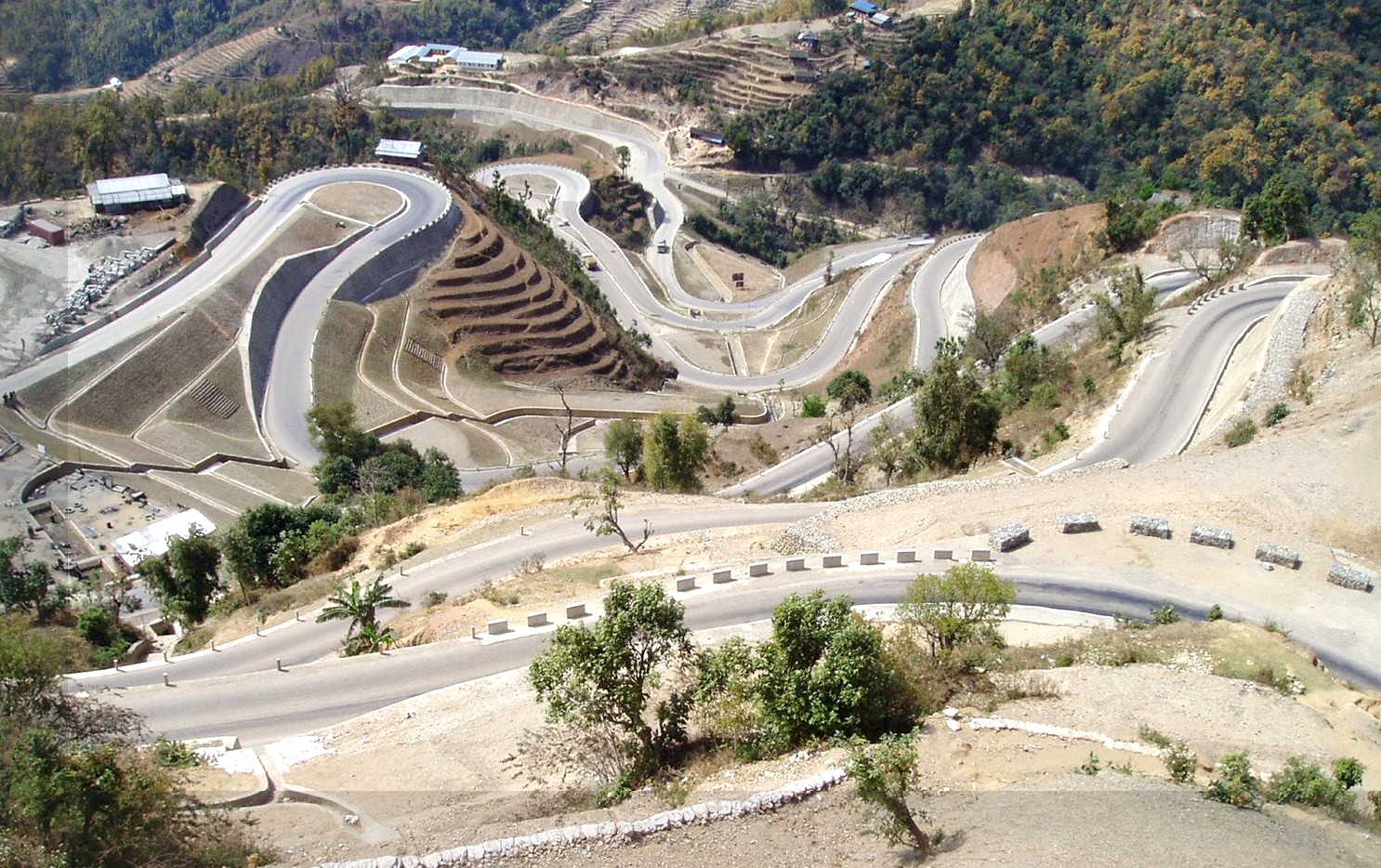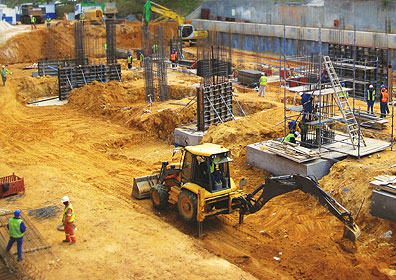Consulting Civil Engineering Companies Providing Geotechnical Solutions
Consulting Civil Engineering Companies Providing Geotechnical Solutions
Blog Article
Exactly How Consulting Engineers Enhance Geotechnical Engineering Projects: Insights Into Their Experience, Methodologies, and Collaborative Approaches
Consulting engineers are critical in enhancing geotechnical design tasks, using their specialized understanding to browse the intricacies of subsurface conditions. Their techniques encompass a range of website investigation methods, including Standard Infiltration Tests (SPT) and Cone Infiltration Examinations (CPT), which educate vital decisions during the design and building and construction phases. In addition, their collaborative methods foster communication amongst diverse project stakeholders, ultimately shaping the task's trajectory. As we examine the multifaceted functions these specialists play, it becomes clear that their payments extend past technical experience, motivating a better take a look at the effects for project success.
Role of Consulting Engineers
The proficiency of getting in touch with designers in geotechnical design is basic to the effective execution of construction projects. These experts play a crucial role in evaluating soil and rock residential properties, which are essential factors influencing design and building choices. By carrying out thorough site investigations, speaking with engineers accumulate crucial information that notifies the layout procedure, guaranteeing tasks are built on stable and ideal ground.
Consulting designers likewise provide invaluable insights into risk monitoring (geotechnical geologist). They identify possible geotechnical threats, such as landslides, soil liquefaction, and settlement issues, allowing stakeholders to implement effective mitigation methods. Their competence aids in enhancing foundation designs, which can result in substantial cost savings and improved security
In addition, getting in touch with designers function as an important link between job owners, designers, and contractors. Their capability to translate intricate geotechnical data right into workable suggestions cultivates partnership and facilitates notified decision-making throughout the task lifecycle. This multidisciplinary strategy not just boosts project performance but likewise guarantees compliance with governing standards and finest techniques.
Secret Methods in Geotechnical Engineering

One key methodology is site investigation, which entails carrying out field tests and lab evaluations to collect information on subsurface conditions. Strategies such as Standard Infiltration Screening (SPT) and Cone Penetration Testing (CPT) are widely utilized to examine soil stratigraphy and stamina. In addition, geophysical techniques, consisting of seismic and electrical resistivity surveys, supply non-invasive ways to analyze subsurface features.
An additional essential technique is mathematical modeling, which enables designers to imitate various circumstances and anticipate exactly how soil-structure interactions will certainly behave under various loading problems. Finite Component Evaluation (FEA) is an usual strategy utilized in this context.
Additionally, the design of foundations, keeping structures, and earthworks counts heavily on these approaches - geotechnical geologist. By incorporating innovative analytical tools with area information, seeking advice from engineers can develop customized solutions that attend to certain task difficulties, ultimately adding to the security and security of building and construction jobs
Value of Soil Evaluation
Dirt evaluation functions as a foundational component in geotechnical engineering, giving necessary insights into the physical and chemical buildings of soil essential for reliable building preparation. Comprehending dirt qualities is vital for determining its load-bearing ability, drain habits, and capacity for settlement or instability. Comprehensive dirt investigations, consisting of sampling and lab testing, aid identify criteria such as soil kind, moisture content, thickness, and shear strength.
These analyses educate the option of suitable building and construction techniques and materials, eventually affecting project safety and security and durability. For circumstances, natural soils may need different foundation styles contrasted to granular soils, demanding tailored design services. In addition, dirt analysis aids in identifying impurities that can present dangers to human health or the environment, allowing for the growth of reduction approaches.
Including soil analysis right into the beginning of job development aids to minimize unanticipated obstacles, making sure that designers can prepare for and resolve potential problems prior to they intensify. By establishing a thorough understanding of the site conditions, consulting engineers can enhance layout effectiveness and reduce prices, thus enhancing the general success of geotechnical engineering tasks.
Joint Methods in Tasks
Successful geotechnical jobs often rest on collaborative approaches that bring with each other varied expertise from numerous self-controls. Effective collaboration among speaking with designers, geologists, ecological scientists, and building and construction experts is essential for resolving intricate obstacles and enhancing job end results. By leveraging the Source distinct skills and knowledge of each staff member, jobs can gain from an alternative understanding of the site problems, regulative demands, and design restrictions.
Normal interaction and interdisciplinary meetings promote the sharing of understandings and promote a culture of synergy. These joint initiatives enable the recognition of prospective dangers early in the task lifecycle, permitting for timely reduction methods. Incorporating feedback from stakeholders, consisting of local neighborhoods and regulatory firms, makes sure that all point of views are taken into consideration, boosting job acceptance and compliance.
Furthermore, the assimilation of sophisticated innovations, such as Geographic Details Solution (GIS) and Structure Details Modeling (BIM), further improves cooperation. These tools permit for the real-time sharing of information and visualization of geotechnical problems, advertising informed decision-making. Inevitably, a joint approach not just streamlines project implementation however also lays the structure for innovative services to complex informative post geotechnical design obstacles.
Effect On Job Results

Consulting designers use sophisticated methodologies such as threat assessment and predictive modeling, which improve the accuracy he has a good point of job projections. Their capability to integrate innovative technologies, like geotechnical instrumentation and data analytics, better refines the style and building and construction procedures. Therefore, projects experience enhanced performance, decreased prices, and lessened hold-ups.
Additionally, promoting reliable interaction and partnership among employee boosts analytical capabilities. When obstacles develop, a joined front permits quick identification of options, avoiding prospective obstacles. Inevitably, the collective initiatives of speaking with engineers add to better outcomes, making certain that jobs satisfy both governing standards and client expectations.
Verdict

Report this page